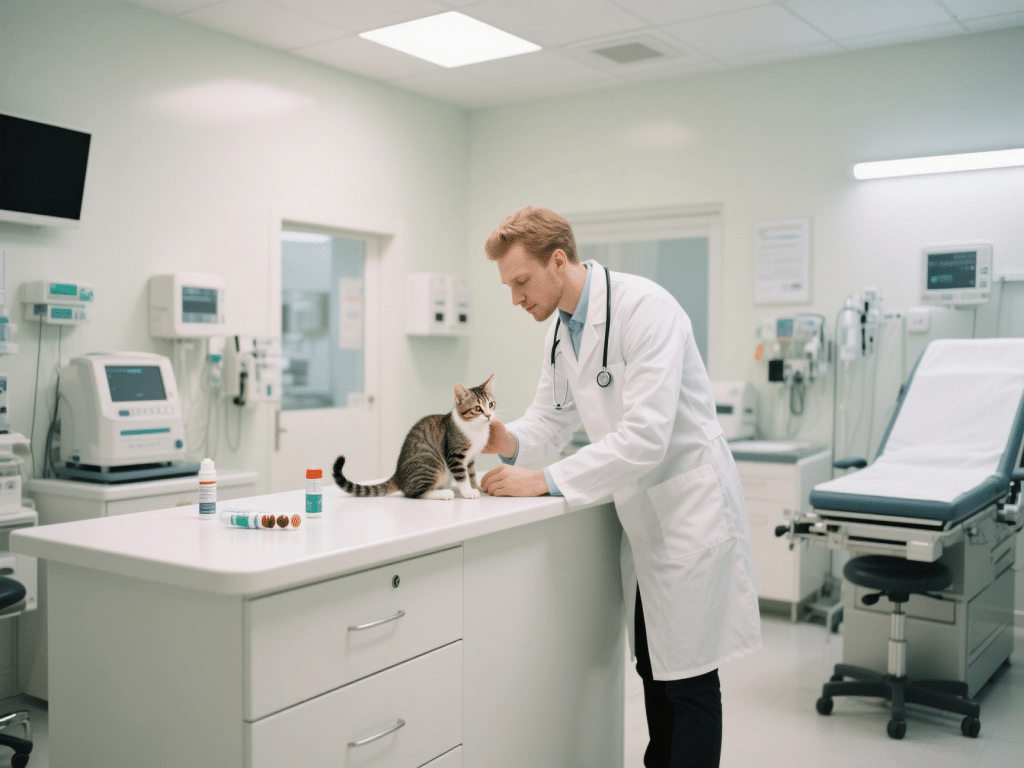How to Introduce a Second Pet Without Conflict

Introduction
Bringing a second pet into your household can enrich both your life and that of the resident animal—but improper introductions often lead to territorial disputes or stress. Whether you’re adding a dog, cat, or small animal, following structured steps helps both pets adjust peacefully.
1. Pre-Introduction Preparation
Ensure Health and Vaccination Status: Have both pets examined by a veterinarian. Confirm that vaccinations, deworming, and flea/tick preventive measures are up-to-date to prevent disease transmission.
Gather Separate Supplies: Prepare distinct food bowls, litter boxes (for cats), bedding, and toys. Having duplicates reduces resource guarding and competition.
Assess Temperaments and Energy Levels: Match pets of similar energy where possible; a high-energy puppy may overwhelm an elderly dog. Consult a behaviorist if unsure about temperaments.
2. Scent Introduction and Neutral Territory
Scent Swapping: Before any face-to-face meeting, exchange bedding or rub a towel on each pet’s back, then place it in the other’s resting area. This allows pets to become familiar with each other’s scent without direct interaction.
Neutral Location Initial Meeting: Use a neutral zone (friend’s yard or park) instead of territory owned by the resident pet. Keep both pets leashed and at a safe distance (10–15 feet) to observe initial reactions.
3. Controlled, Gradual Face-to-Face Meeting
Parallel Walking (for Dogs): Walk both dogs side by side at a comfortable distance. Gradually decrease the space as long as both remain calm. Use treats to reinforce positive behavior and focus.
Barrier Meetings (for Cats): Use a baby gate or screen door to allow visual and olfactory contact without physical access. Offer treats or play near the barrier to create positive associations.
Short, Supervised Sessions: Begin with 5-minute interactions. Increase duration as long as both pets exhibit calm or neutral body language. Avoid forcing eye contact or direct approaches.
4. Reading Body Language and Preventing Escalation
Relaxed Posture and Loose Movements: Look for wagging tails (dogs), tail-held-low or slightly raised (cats), relaxed facial expressions, and soft eye contact.
Signs of Stress or Aggression: Growling, hissing, rigid bodies, piloerection in cats, or raised hackles in dogs signal discomfort. At these signs, calmly increase distance and redirect focus to treats or toys.
Use Distraction Tools: Have favorite treats, toys, or a squeaky ball ready to redirect attention if tension arises. Toss treats on the ground to encourage pets to disengage and focus on a reward.
5. Establishing Separate Resources
Feeding Zones: Feed pets in separate rooms or at different times. This prevents food guarding and resource-based aggression. Monitor both pets during meals.
Litter Boxes and Rest Areas (for Cats): Follow the guideline of N+1 litter boxes (where N = number of cats). Place boxes in separate quiet areas to prevent competition. Ensure each cat has its own elevated safe spot.
Territory and Personal Space: Provide vertical perches, cat trees, or dog crates so each pet can retreat. Avoid forcing interactions; let pets choose when to approach the other.
6. Gradual Integration and Ongoing Supervision
Increase Mutual Time: Once low-tension face-to-face meetings last 15–20 minutes without negative signals, allow shared space with continued supervision. Reward calm behavior.
Rotate Safe Spaces: Alternate which pet has access to certain rooms to foster sharing.
Maintain Individual Attention: Continue spending one-on-one time with each pet to prevent jealousy or insecurity.
7. Special Considerations for Different Species
Dog-to-Cat Introductions: Use a leash to control the dog’s approach. Teach “sit” and “stay” commands beforehand. Praise the cat for bold behavior and the dog for calm behavior.
Cat-to-Cat Introductions: Consider using pheromone diffusers (e.g., Feliway) in major common areas. Keep initial visits brief. Gradually allow supervised contact as each cat relaxes.
Small Animals (e.g., Rabbits) with Cats/Dogs: Keep small pets in secure cages during initial introductions. Allow supervised sniffing through cage bars. Never leave unsupervised contact until trust is firmly established.
8. When to Seek Professional Help
Persistent aggression, severe anxiety, or signs of injury require intervention from a certified animal behaviorist or positive reinforcement trainer. Early guidance minimizes the risk of long-term conflict.
Conclusion
Introducing a second pet requires patience, careful planning, and attentive observation. By allowing gradual sensory acclimation, conducting controlled meetings in neutral territory, and providing separate resources, you foster a harmonious multi-pet household. Celebrate small victories and progress at your pets’ pace to ensure lasting companionship.









Comments on "How to Introduce a Second Pet Without Conflict" :